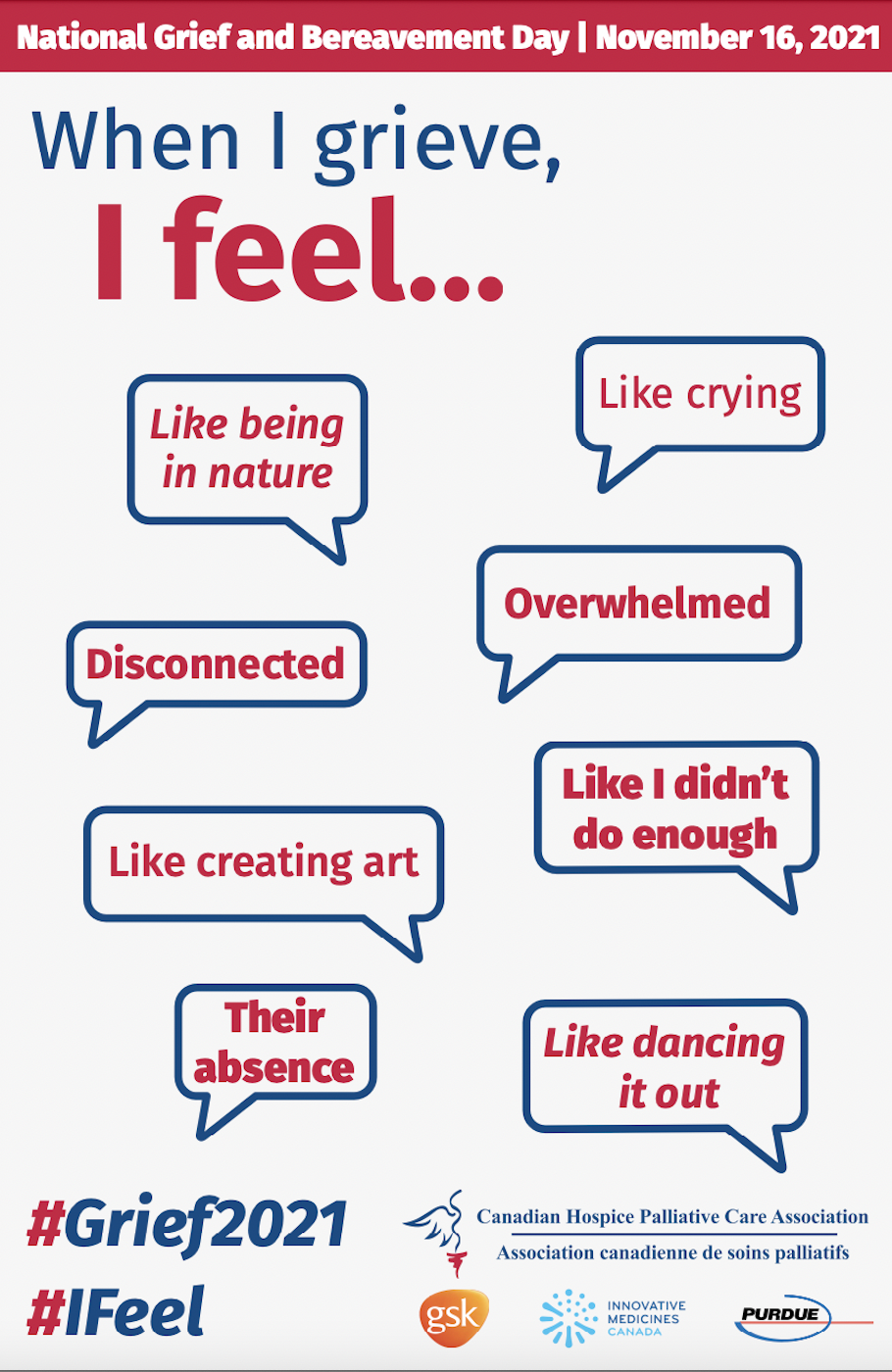8.2 Understanding Grief

There is no definitive set of criteria for the characteristics of grief. Important things to keep in mind when experiencing or helping someone through the bereavement process is that grief:
- Does not follow a linear process.
- Can include different types of change or loss that don’t involve death (e.g., loss of a limb, health/abilities, home, job, routine, etc.).
- Is an ongoing process. It does not have a timeline or expiration date.
- Never looks the same, even for the same person. Each person’s experience of grief is unique to them.
(Haley, 2019; Phillips, 2021; Grief, n.d; Caddell, 2021).
Theories of Grief
One of the most widely known people associated with understanding dying and grief is Elizabeth Kubler-Ross, who was a pioneer in palliative care. Her work brought attention to the subject of illness and dying, challenged social norms regarding talking about death (LadyScience, 2021), and caused “a public outcry for compassionate care of the dying” (Newman, 2004, para. 2). It also altered the way medical staff attend to those that are dying (Newman, 2004). Although her original model of dying and grief has been the subject of criticism, her work in the field helped inspire others’, resulting in several theories of grief and bereavement including:
- Bowlby’s Attachment Theory (1969-80)
- Parke’s Psycho-Social Elaborations (1972)
- Worden’s Four Tasks of Mourning (1991)
- Silverman and Klass (1996)
- Stoebe and Schutt (1999)
(Thompson, 2016: click to learn more about these models – optional reading material)

Click the links below to learn more about loss and grief:
Grief Never Ends, and That’s Okay
Untangling Trauma and Grief After Loss
VIDEO: How Grief Feels – Robbie Stamp
In the following video, Robbie Stamp talks about the experience of grief, how it changes our perception of the world and how we can all support those who are grieving.

